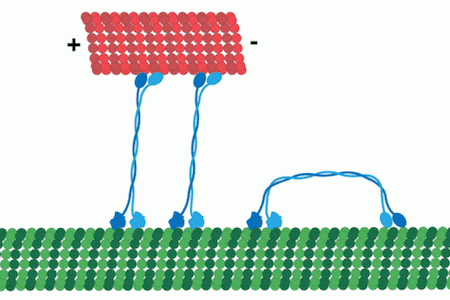Qiu's Single-Molecule Biophysics Laboratory recently published a study in Nature Communications reporting on this unexpected mechanical property of a particular motor protein called KlpA. Using a high-sensitivity microscopy method to directly visualize the motion of individual KlpA molecules on microtubules,the Qiu team showed that, while all other KlpA-like motor proteins are believed to move in only one direction on the microtubule track, KlpA has a “reverse” gear that allows it to go in different directions. This enables KlpA to behave differently in when it is operating at different locations within the mitotic spindle.
The discovery of a reverse gear in KlpA has the potential to shed light on similar KlpA-like proteins in mammals that are implicated in cancer proliferation. Furthermore, understanding the design principle behind the bidirectional motion of KlpA may also guide the engineering of motor protein-based molecular devices for more controlled and targeted drug delivery.
Based on an article in The Spectrometer by Heidi Schellman.





